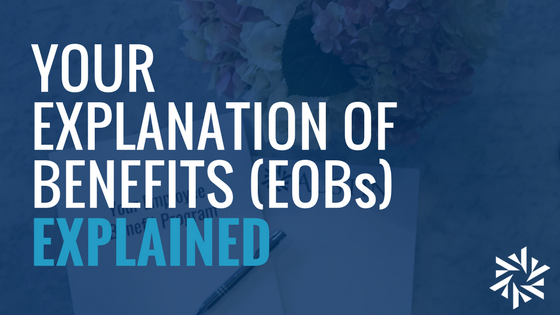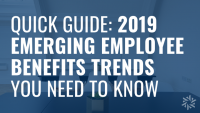
After receiving medical treatment using your insurance, you may receive an Explanation of Benefits (EOB) from your insurance company. The EOB is a form that insurance companies send to their members to explain what part of their treatment/service claim was paid by insurance and what part is the member’s responsibility to pay, and why. It is important to understand what this statement means.
Many people find EOBs difficult to understand since they differ from one insurance company to another. Some insurance companies combine several dates of service or multiple providers on a single form. Others will put each date of service and provider on separate forms.
Typically, most EOBs include the following information:
- Name and address of the policyholder
- Name of the patient
- The group number
- The member ID number
- Claim Number
- Date the Claim was processed
- Date of Service
- Name of the health care facility and the provider name
- Name of the procedure or service and billing code
- Amount that was billed to the insurer by the provider
- The portion of the bill that is eligible for insurance coverage
- The reason why the non-covered portion was not covered
- The amount of charges that are subject to the patient’s deductible
- The amount paid by the insurance company
The main purpose of your EOB is to help you determine if your claim has been paid, how much was paid by your insurance company and how much is your responsibility. Then, you will know which bill to pay and how much.
To figure out who has been paid, match the treatment dates and providers from any bills to the dates of service and providers on your EOB. Make sure your provider gives you an itemized invoice (separated by each treatment/services versus a bulk total) so you can effectively match your EOB information to your bills.
Keep in mind that insurance companies rarely pay 100 percent of a claim. You need to pay your part in any applicable deductibles, coinsurance, and copayments.
Below are some common reasons for partial payment of a claim by your insurance company:
- Part or all, of the claim was charged to you to satisfy your deductible
- Part of the claim was charged to you in the form of a copayment
- Part or all, of the claim was charged to you to satisfy your coinsurance requirement
- The charges for the services exceeded the maximum benefit available for the service
- Your insurance policy was not in force on the date of service
- The claim was a duplicate and had been previously paid
- The charges exceeded the insurance company’s reasonable and customary limitation (this happens more frequently when using out-of-network providers)
- The charges are for a non-covered service (i.e., cosmetic surgery)
If you receive an EOB showing that your insurance company did not pay for your claim, first determine the reason why, and then determine if that reason is valid based on your plan. If you believe there has been an error, contact your health plan’s member services department to ask them to review the claim.
Does your employer work with Austin Benefits Group? Austin’s friendly service team can help you learn more about your EOB statements, and determine if there are any issues of non-payment that should be reviewed. We can coordinate claim issues with the carriers to help ease this process for you. Contact us today to be directed to your employer’s dedicated Account Manager.



